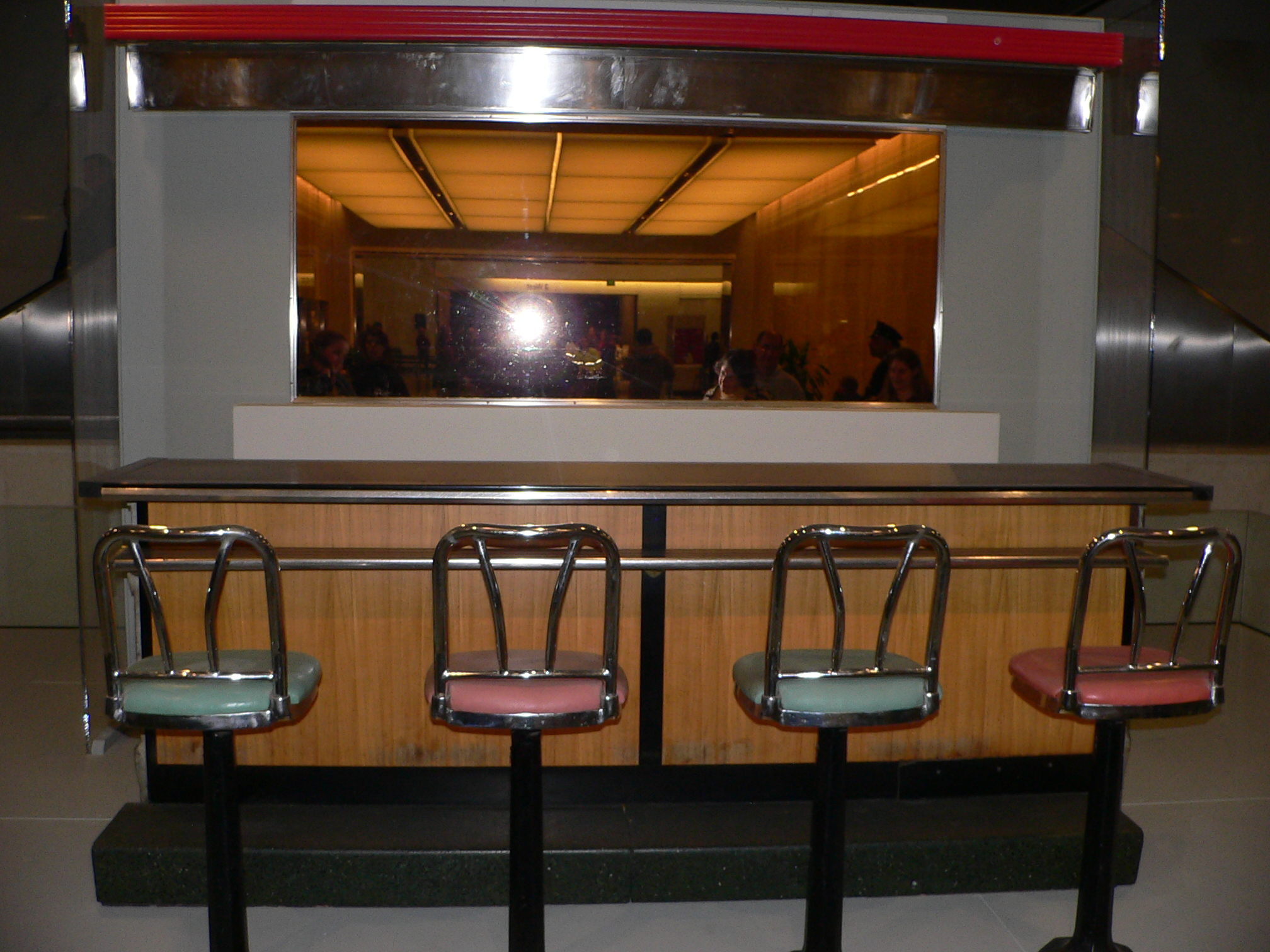The basis for the program is a training session being held in the wake of the initial Greensboro Student Sit-In that occurred on February 1, 1960. Visitors are thrust into the role of students who have volunteered to help carry on torch, spreading non-violent sit-ins to lunch counters around the city and throughout the rest of North Carolina. During the program, visitors and the interpreter, portraying a student activist who is leading the training session, engage in a number of different activities. Together the interpreter and visitors discuss what non-violence means and what it represents. They practice non-violent techniques including a demonstration where visitors silently crowd and stare at several audience members chosen to sit on stools, the objective being to try and make those who are sitting uncomfortable by the confrontation. And lastly, the group sings. They sing protest songs used during the sit-ins and other civil rights demonstrations. They sing, using the power of music to unite themselves, to show their strength, pride, and resolve in helping to change America just as the students did in 1960. You can watch the entire program online below. It's well worth the twenty minutes of your time.
 |
| Where it all started / CC by Mark Pellegrini |
Both the Time Trial of John Brown and Join the Student Sit-ins programs are about people. More than anything, they agree with John's definition of what history is all about (remember?...ideas put into action by people on a landscape) Both programs eschew getting caught up in the wide breadth of the overall events and movements the people are part of, instead just focusing on one man or a group of student's actions responding to the ideas of that particular movement. Instead of starting from a top down approach, by seeing the big picture and then focusing in on the details, these programs go from the bottom up - grassroots history of individual actors who play a leading role on the stage of American history.
Second, both programs focus on meaning and feeling. They ask provoking questions such as, "How do you feel we should remember John Brown?" and "What would you have done if you were at the Student Sit-Ins? Would you be able to be non-violent? Could you restrain yourself while everyone else around you bullied and terrorized you?" Instead of sending you away with a nice take home message or thesis such as, "John Brown should be remembered as..." or, "The Greensboro Sit-Ins were instrumental in..." The programs leave you asking questions for which only you can give the right answer - ultimately, what you think and how you feel about that particular moment in history.
No comments:
Post a Comment